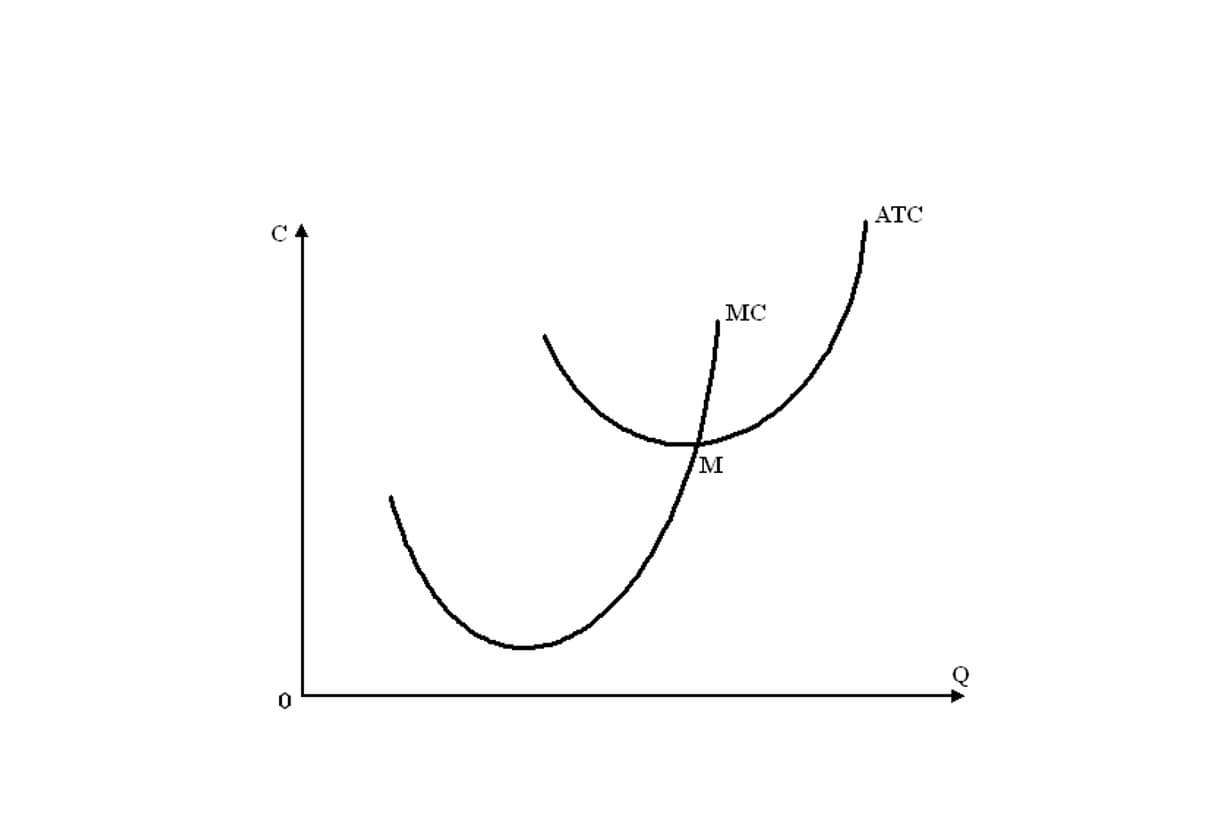
As an accounting principle, Accounting Conservatism simply states that an accountant of a company should always choose the less favorable outcome. While products may be joined at some point in production, they will have to be priced individually later on. Thus, the Generally Accepted Accounting Principle (GAAP) states that the business must record the inventory using the Lower of Cost or Mark (LCM) method of valuation. In accounting for Accounts Receivable, accountants always make an estimate for any allowances that would make some outstanding invoices to be uncollectible called the Allowance for Bad Debts.
- It has a wooden table in its inventory, and the expected selling price is $1,000.
- When it comes to business longevity, consistent cash flow, effective inventory management, and proper financial planning are critical.
- The analysis also informed how the new system should be phased in to reduce risk and facilitate adoption while ensuring production availability.
- In the next section, we will delve into the formula and calculation of NRV, providing a step-by-step guide to ensure clarity and accuracy.
How to Calculate Net Realizable Value (NRV)

In Accounts Receivable, the NRV is computed by determining the Allowance for Bad Debts from total outstanding and then subtracting this from the Total Accounts Receivable. The NRV plays a vital role in this because after the split off point, the NRV is used as an allocation basis of the joint cost of the product. There are different methods for calculating this depending on the purpose of finding the NRV. Mostly like you won’t have to break out the calculator since the formula is very simple. This is especially true during inflationary periods when the Federal Reserve is interested in raising rates. As prices are elevated, the government may choose to combat rising prices.
How To Calculate FX Impact On Revenue
In this blog, we will explain the concept of NRV, how to calculate it, and provide adjusting entries examples to illustrate its application. Understanding NRV will help you make more informed financial decisions and improve your business’s financial health. Applying this principle allows stakeholders of the company to feel assured that the financial statements of the company are not overstated and misleading. When accountants face uncertainties in potential profits or gains, they should not be recorded but uncertainties on expenses and losses must always be recorded. The market price shall be the replacement cost of the inventory and it shall not be less than the NRV. For businesses that hold inventory for long periods of time, these inventories will become obsolete, have a lower market value, or deteriorate over time.
- The practice of avoiding the overstatement of assets is called accounting conservatism.
- An accounts receivable balance is converted into cash when customers pay their outstanding invoices, but the balance must be adjusted down for clients who don’t make payments.
- Subtract the allowance for doubtful accounts from the total accounts receivable.
- If the market value of the inventory is unknown, the net realizable value can be used as an approximation of the market value.
- Offering credit sales to customers is a common practice among many enterprises.
Example of Calculating the NRV

We empower accounting teams to work more efficiently, accurately, and collaboratively, enabling them to add greater value to their organizations’ accounting processes. NRV for accounts receivable is a reference to the net amount of accounts receivable that will be collected. This is the gross amount of accounts receivable less any allowance for doubtful accounts reducing the total amount of A/R by the amount the company does not expect to receive. NRV for accounts receivable is a conservative method of reducing A/R to only the proceeds the company thinks they will get.
What can Net Realizable Value tell you about your business?
The firm remains concerned about evaluating the assets properly, which makes calculating NRV a conservative approach, indicating that the firm should not overstate the profit by showing a lesser value of its assets. Understanding Net Realizable Value (NRV) helps you keep your financial records accurate. Clear and organized finances make it easier to make smart business net realizable value decisions. The LCM method states that the cost of inventory must be recorded at the original cost or market price, whichever is lower. The calculation for Net Realizable Value has a variety of methods to get an answer.

- Our AI-powered Anomaly Management Software helps accounting professionals identify and rectify potential ‘Errors and Omissions’ throughout the financial period so that teams can avoid the month-end rush.
- Net Realizable Value is the value at which the asset can be sold in the market by the company after subtracting the estimated cost which the company could incur for selling the said asset in the market.
- Within market method accounting, NRV is only used as an approximation of market value when the market value of inventory is unknown.
- NRV helps reflect the realistic value of your assets, ensuring accurate financial reporting.
- Also, the books of accounts present the financial position more accurately.
- When executives want to understand the trade-offs between different initiatives, they typically compare the projects’ net present values (NPVs)—the measure of an investment’s worth over its entire lifetime discounted to today.
The cost of shipping that asset is $20, and commission charges are $10. A positive NRV implies that your inventory will generate profits for you, whereas a negative NRV shows that the value of your goods is lower than their cost. A company XYZ Inc. is trying to get rid of some of its outdated phones, and it expects to sell them for $5,000 to a local buyer, but it must https://www.bookstime.com/ pay $240 to have them shipped and insured and another $40 to complete the paperwork.
